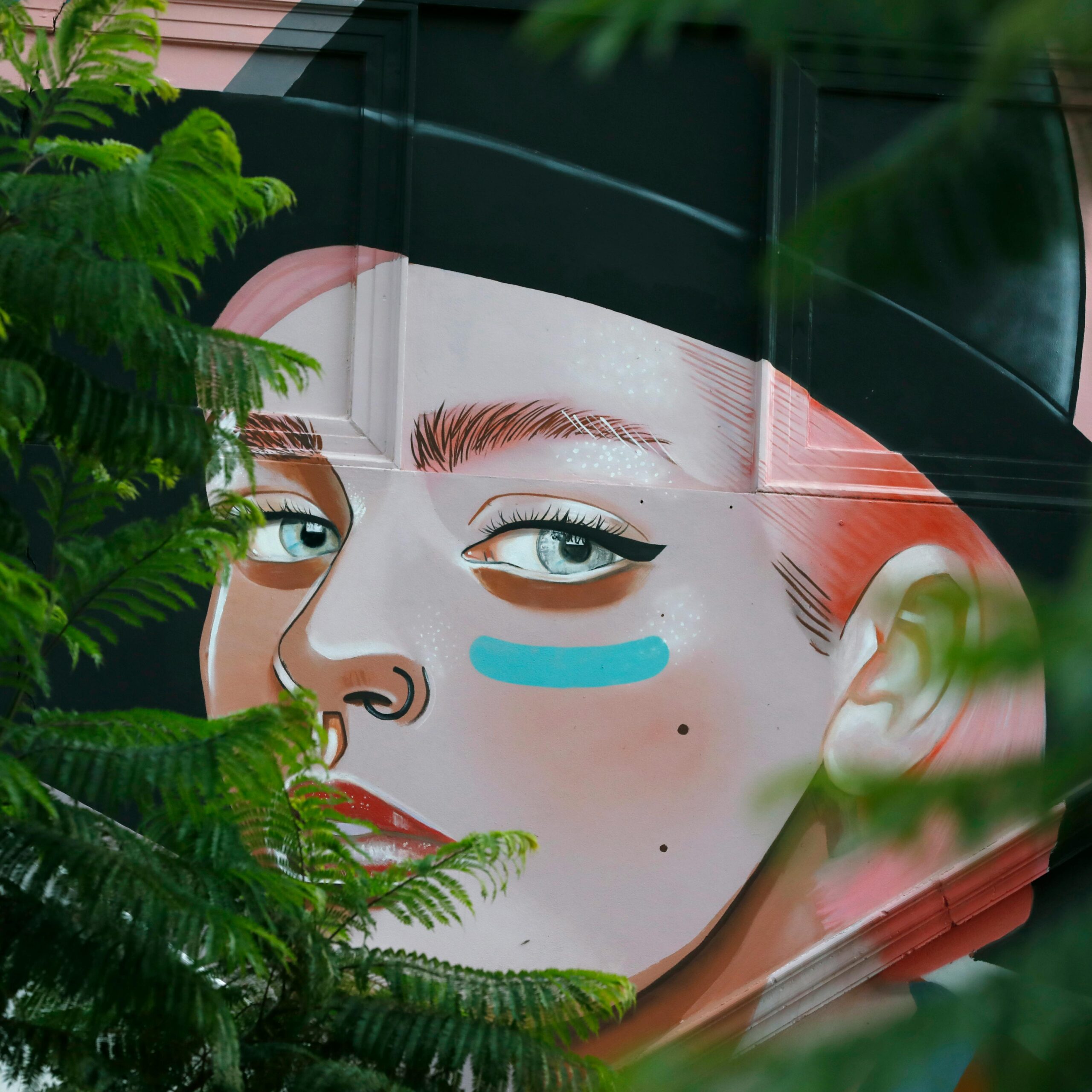Adelaide, the capital city of South Australia, is on the cusp of a significant urban transformation, with visionary developers, architects, and planners collaborating to reshape its landscape over the next three decades. The city’s future blueprint emphasizes sustainability, vertical expansion, and community-centric spaces, aiming to enhance livability and economic vitality.
Jamie McClurg of Commercial & General envisions a shift towards a “central living district,” characterized by vibrant, community-focused projects that blend residential, commercial, and recreational spaces. This approach seeks to create a dynamic urban environment where residents can live, work, and socialize within proximity, reducing the need for extensive commuting and fostering a sense of community.
Chris Vounasis from Future Urban anticipates the emergence of more high-rise buildings on the fringes of the Central Business District (CBD), including South Australia’s first skyscraper. This vertical expansion aims to accommodate population growth while preserving valuable green spaces and minimizing urban sprawl. The development of high-rise structures is complemented by a focus on sustainable design and energy efficiency, aligning with global trends in urban planning.
Architects Adam Hannon and Zoe King from COX Architecture emphasize the importance of designs that harmonize with Adelaide’s rich heritage and promote public engagement. Their vision includes creating spaces that respect historical contexts while incorporating modern, sustainable elements. This approach ensures that new developments contribute to the city’s cultural narrative and provide inclusive spaces for community interaction.
David Gallant of Walker Corporation highlights plans for mixed-use developments, integrating retail and recreational facilities to create self-sustaining communities. Chris Menz of RenewalSA focuses on sustainable housing developments to meet the needs of a growing population. These projects prioritize eco-friendly materials, renewable energy integration, and water-efficient landscaping.
As the city prepares for future challenges, the convergence of heritage preservation, modern architecture, and sustainable practices positions Adelaide as a global leader in urban innovation.
References:
